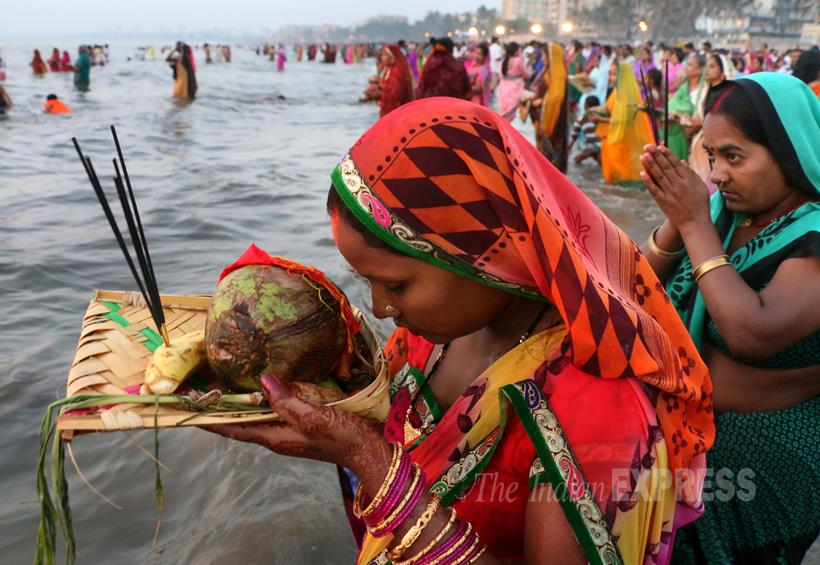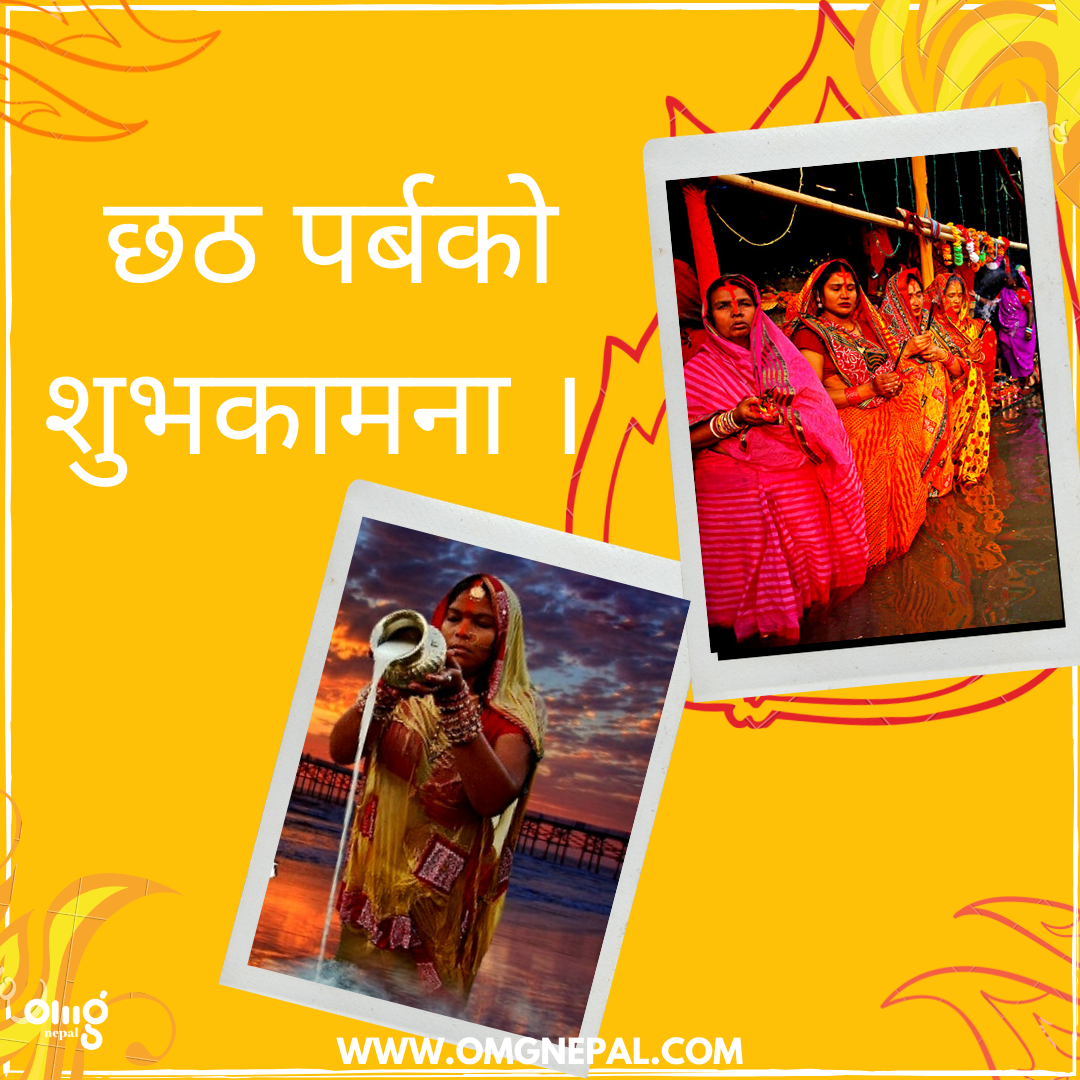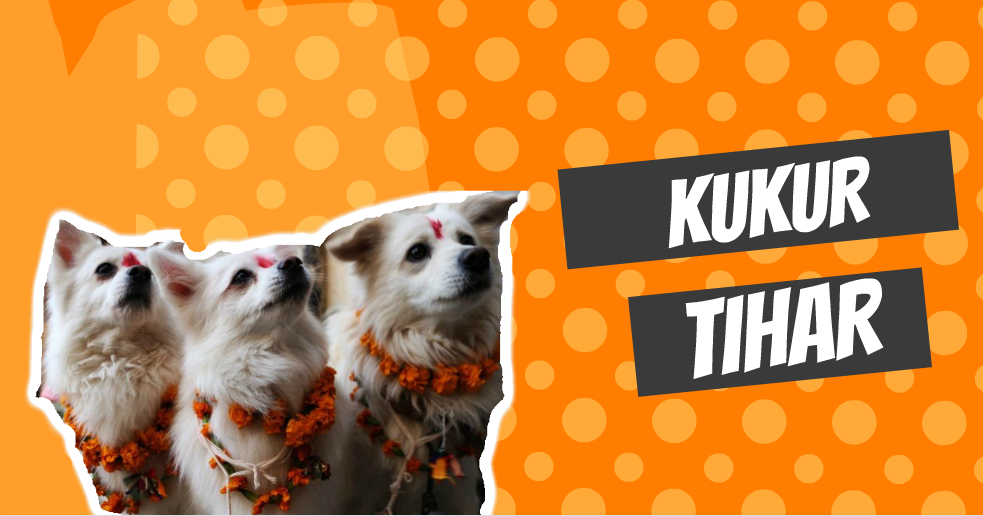Once the festival of colors comes to an end, the festival of the sun god is commenced.
Chhath Parva, a festival of the sun god, is one of the major festivals in the Mithila region of Nepal and different parts of India too. This festival is observed in the month of Kartik-Mangsir (October-November). It is celebrated for four days where a number of rituals are performed, each having its own significance. The rituals include holy baths, fasting, long periods of standing while worshiping the sun and making an offering to the sun at sunrise and sunset.
Viewed as the source of healing, prosperity, and general well-being, the sun is worshipped, thanked and praised for nourishing the life on earth. The sun is worshipped from the time it rises to the time it sets.

People offering prayers to Sun God during Chhat festival at Juhu Beach Mumbai . Express Photo by Amit Chakravarty 17-11-15, Mumbai
Significance
It is believed that Chhath Puja dates way back with two legends—Ramayan and Mahabarata.
Ramayan
“Said to be a descendant of the Sun god, some say Lord Rama has a lot to do with the inception of Chhath Puja. On returning to Ayodhya after the exile, Lord Rama and Sita observed a fast in honor of the Sun god and broke it only at the break of dawn the next day–a ritual that subsequently evolved into the Chhath Puja.” —India Today
Mahabharata
“Prominent mythological character Karna is said to be the child of Sun god and Kunti. It is said that Karna religiously offered his prayers while standing in the water and distributed prasad among the needy. Yet another story mentions how Draupadi and the Pandavas performed a similar puja to win their kingdom back.” —India Today
Day 1: Naha Khan or Arba Arbain
Naha Kha meaning bath and eat, on this day, the devotees take a dip in the nearby holy river and bring home the holy water of the river. They avoid eating meat, garlic, onion and eat simple foods like kheer, chane daal, and others.
Day 2: Kharna / Lohanda
This is the day before the main day—Chhath or Panchami day. On this day, people observe fasting until the end of Kharna puja. It is observed to reduce the sin committed by the devotees, cleansing their souls.
Day 3: Chhath
This is the day when the main puja is conducted. Devotees go to the rivers or ponds singing the folk songs; a number of tents are built nearby the river where some people keep their offerings and choose to stay all night without sleeping. It is the toughest day among other days. A number of devotees—mostly women—observe a strict fast where they don’t consume water nor food.

Photo – Nepal Tourism Board
Day 4: Paran/Parwana
This day signifies the end of the puja after making an offering and worshiping the sunrise.




